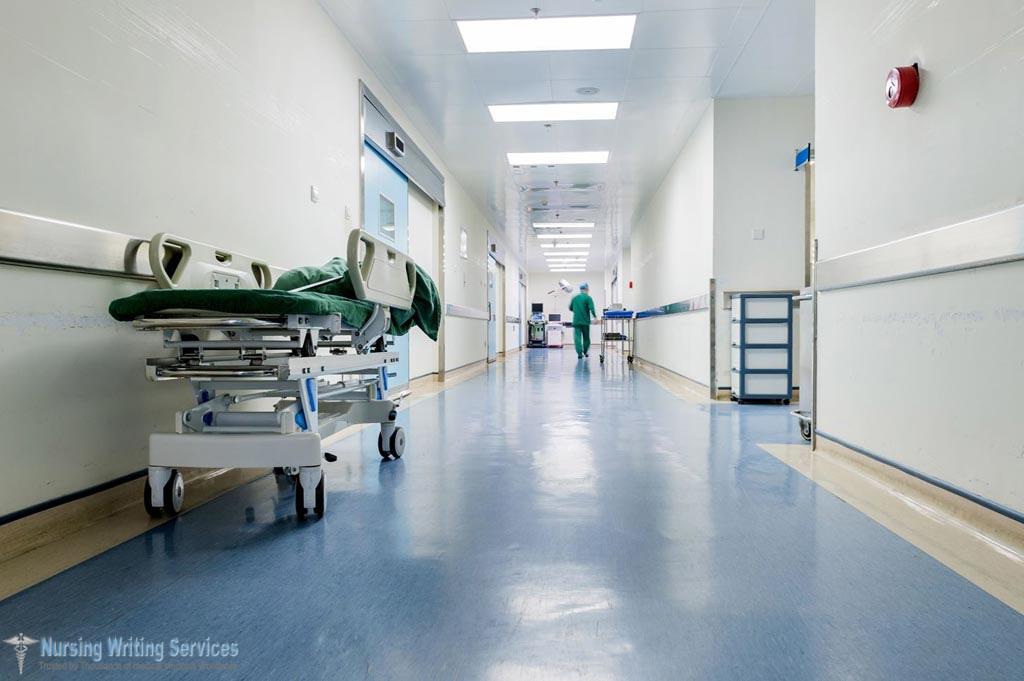
How does nosocomial infections spread?
Nosocomial infections are diseases that occur because of toxin or infection that exists in a location such as a hospital. Because of the frequency of in occurrences in healthcare settings, people use the term nosocomical infections interchangeably with terms hospital-acquired infections and health-care associated infections (HAIs).
An infection would rank as an HAI if it were not present before a patient went for medical care.
Bacteria, virus, and fungus can cause nosocomical infections taking advantage of the compromised immunity inpatient in the unhealthy state. Bacteria alone produce more than 90% of the cases.
Nosocomial infections can be:Exogenous: occur after transmission from another source in a hospital
Endogenous: Arises from a disease caused by an agent within the body of a patient
In addition to the transmission from one patient to another, others people might be the means of spreading the diseases. They include staff, voluntary workers, students or visitors.
Infections in the incubation period at the time of admission do not fit into the class of nosocomial. However, community-acquired infection of a patient of the staff is the primary source of nosocomial infection because they play a part in transmission.
An infection that fits into this class is that which occurs:
- Up to 48 hours after admission
- Up to 3 days after discharge from hospital
- Up to 30 days after a surgery
- At a healthcare facility when the reason for admission is different from the infection acquired during the inpatient stay
How do nosocomial infections spread?
1. Contact transmission
Getting into with pathogens is the most frequent mode of transmission in healthcare settings. The disease-causing organisms transfer through direct contact between a colonized or infected patient and a susceptible healthcare worker. Organisms in patients can transiently transfer to the skin of health workers without causing an infection before moving to a vulnerable patient who with time develops disease from the bacteria or virus. It is a demonstration of the way transmission spreads through indirect contact route from a patient to another.
An infected patient who touches a doorknob will contaminate the surface that a healthy worker will touch and carry the germ to another patient is another example of an infection by indirect contact/ Microorganisms can also spread nosocomial diseases by contact with those who have diarrheal diseases, impetigo, antibiotic-resistant organisms such as MRSA or VRE and scabies. Do you need to submit a brilliant essay on how do nosocomial infections spread? Nursingwritingservices.com can provide you with a specialist writer on the subject at an affordable cost.
2. Airborne spread
Small particle sized microorganisms such as rubeola, tubercle bacilli and varicella can stay in the air for a long time and spread to other people. Airborne transmission occurs when the medical staff neglects the proper use of their protective equipment like gowns, masks or gloves. Hand hygiene, aseptic technique, and environmental infection control are a primary method of preventing the airborne spreading of nosocomial infections from patients to health workers who in turn expose them to their patients or colleagues.
3. Respiratory droplets
Droplet size body fluids get from the body when someone speaks coughs or sneezes. They also generate during bronchoscopy and suctioning. Respiratory droplets propel for a short distance and quickly settle onto surfaces. Those that contain microorganisms can cause nosocomial infection by directly depositing on nearby environmental surfaces that a susceptible person touches or on a mucosal surface (e.g., nose, mouth or conjunctivae) of another vulnerable person. Meningitis, pneumonia, and pharyngitis are examples of the diseases that spread by droplet transmission.
4. Common vehicle (source) transmission
This type of transmission occurs when many people are exposed to or get ill from one inanimate source. It can be water, contaminated food, medications, equipment or devices. Bacteria in a vehicle can multiply, but viral replication does not occur. Examples include poorly processed food items that become contaminated with waterborne shigellosis due to use of intravenous fluids with contamination such as multi-dose medication vials, gram-negative organism or contaminated bronchoscopes. Common vehicle transmission usually causes an outbreak in a unique setting. Lack of hygiene is a significant contributor to survival and spreading of microorganisms that cause nosocomial infections.

